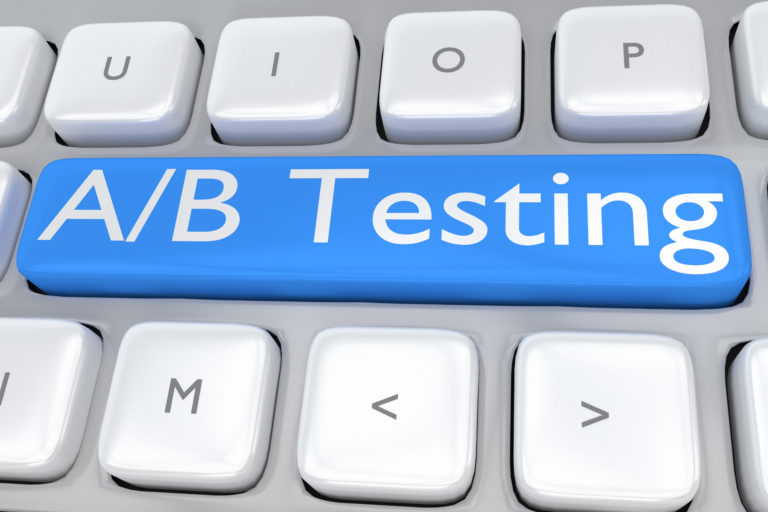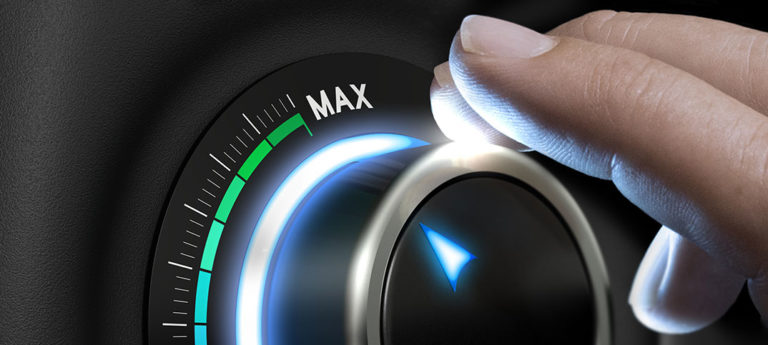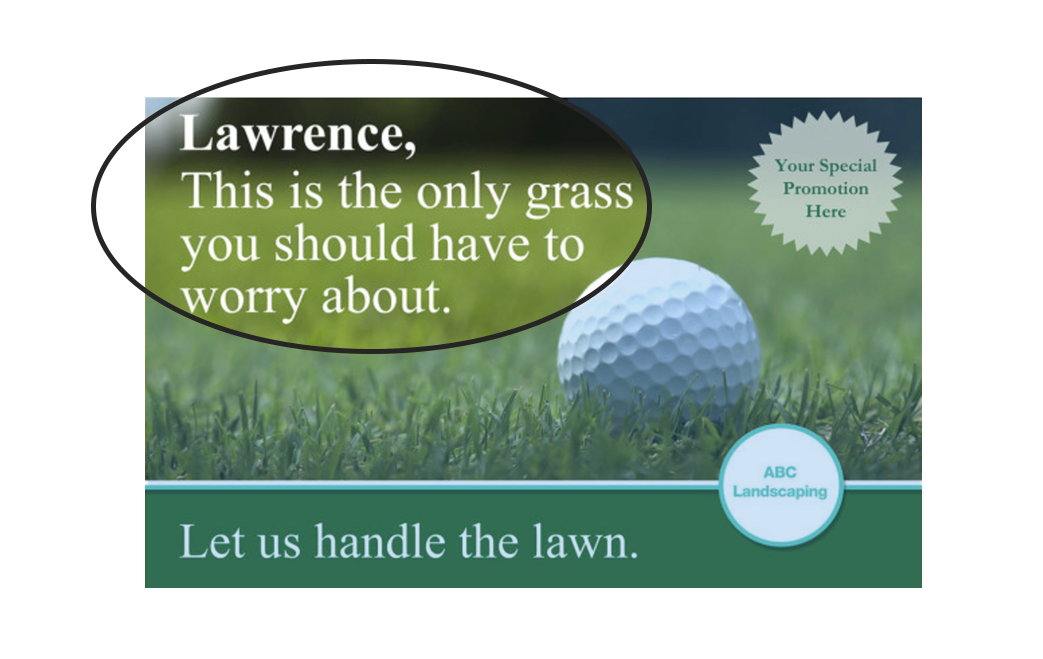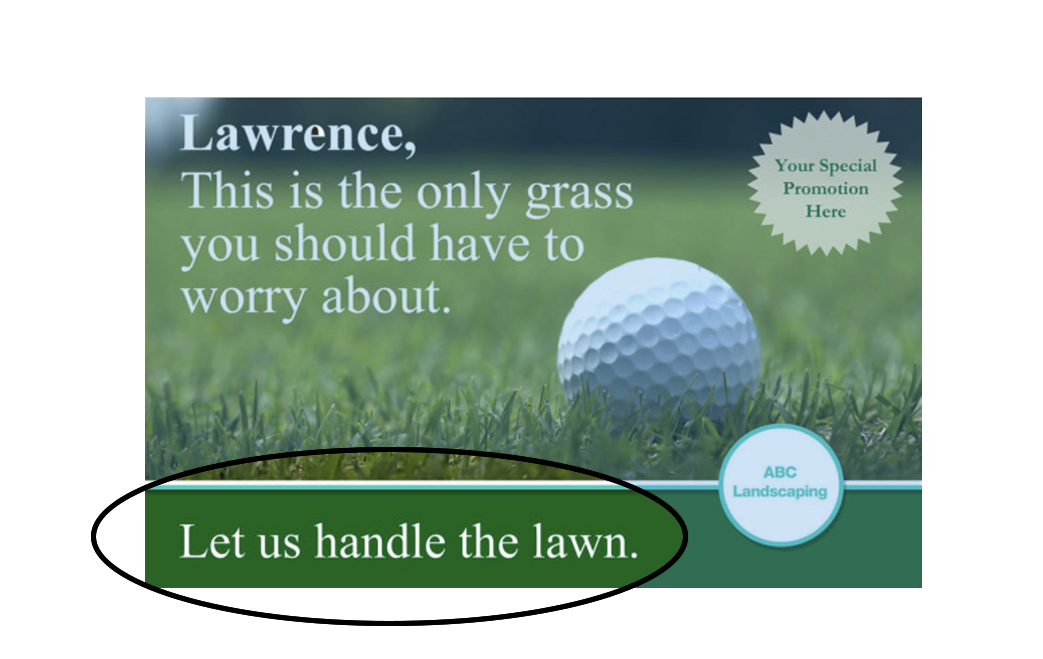This fundamental uncertainty plagues both fishermen and marketers alike.
It stems from not knowing enough: with a gigantic pond of opportunity, there are surely fish, aren’t there? And if there are, is it my bait that’s bad or is it just a matter of time? Marketers often wait in heart-wrenching silence for a nibble, just wondering.
The good news for you is that there’s a simple answer to this age-old problem: You can both wait it out AND increase your odds of success through A/B testing. Testing means you both stay still (consistency is the key to marketing) and try something new.
Just like a fisherman with many poles in the water, you should constantly be experimenting with your marketing.
Test everything, but only one thing at a time
Testing only starts after you’ve given it your best guess. Design by our best practices and then make minor changes and see how your audience reacts to them.
When a change has a positive impact, adopt it and change something else. It’s a winner-takes-all approach that lets your marketing evolve into a devastatingly powerful tool.
Why not test multiple variables, you ask? Think about it. You’ll never know which change made a difference. If you change the size of the postcard as well as the text, then which change should you make to your other postcards? Both? What if the text was worse but the size was better and they canceled each other out? Isolating variables solves this.
Here are variables you can test:
- Offer: Is your offer succinct, powerful, and to the point? Try shortening it and use the SUCCS method of dangerously compelling offers.
- Size: Could it be that your postcard isn’t big enough to stand out from all the other mail? Disrupt the ordinary with Jumbo mailers.
- Images: Images have the ability to instill emotion which leads to sales. Are your images achieving this? Test first among those in your office and then A/B test them on clients. In our experience, high-contrast images with bright colors and smiling people work best.
- Targets: Perhaps your postcard is on-point but it’s directed at the wrong audience. Go back to the drawing board with the same design and select a different audience group.
- Timing: Are your offers landing at the wrong time? It could be that you’re not taking seasonal marketing into consideration.
And now, there’s nothing left but to start testing! Log into our web-to-print platform, change something about your last campaign, and see what sticks!












